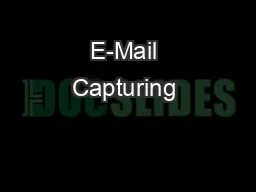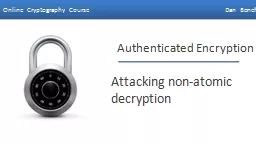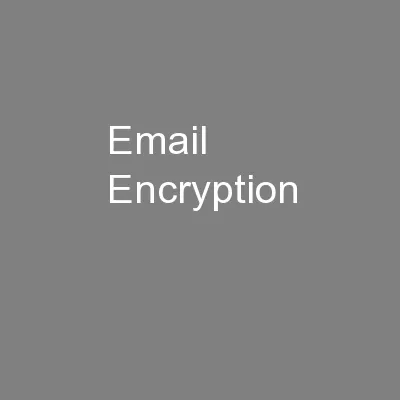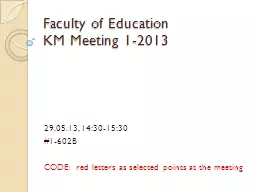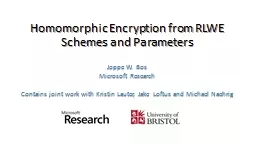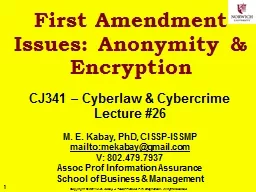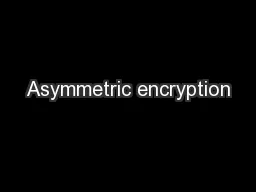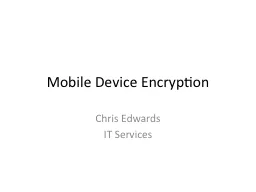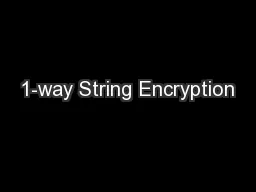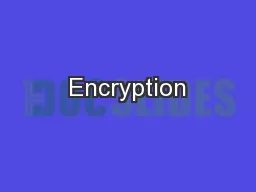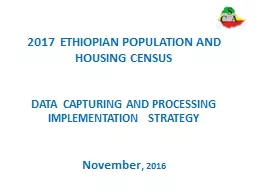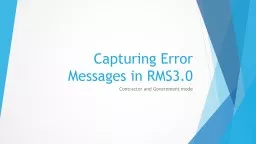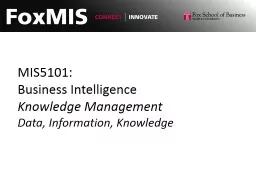PPT-E-Mail Capturing & E-mail Encryption
Author : liane-varnes | Published Date : 2016-03-31
60564 Project Mohit Sud Dr Aggarwal University of Windsor Statement of the Problem Electronic mail email messages are one of the most common forms of communication
Presentation Embed Code
Download Presentation
Download Presentation The PPT/PDF document "E-Mail Capturing & E-mail Encryption" is the property of its rightful owner. Permission is granted to download and print the materials on this website for personal, non-commercial use only, and to display it on your personal computer provided you do not modify the materials and that you retain all copyright notices contained in the materials. By downloading content from our website, you accept the terms of this agreement.
E-Mail Capturing & E-mail Encryption: Transcript
Download Rules Of Document
"E-Mail Capturing & E-mail Encryption"The content belongs to its owner. You may download and print it for personal use, without modification, and keep all copyright notices. By downloading, you agree to these terms.
Related Documents

